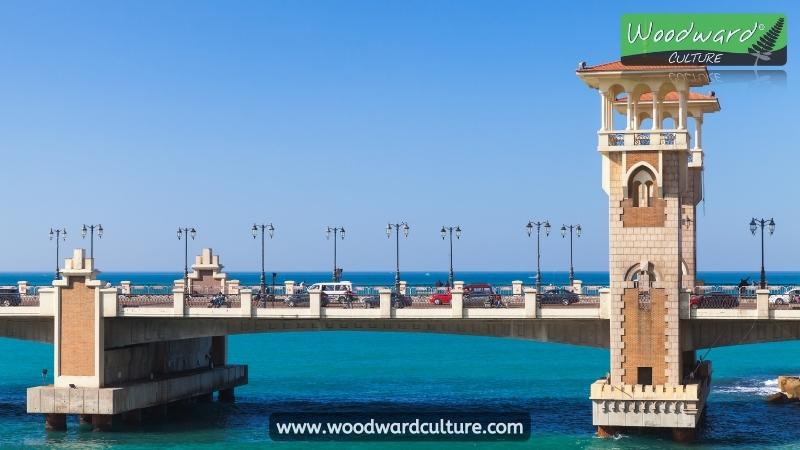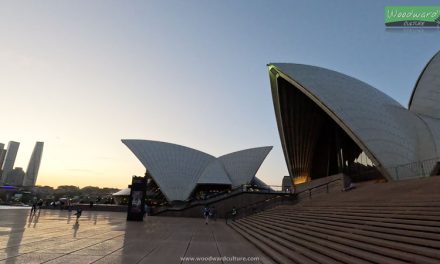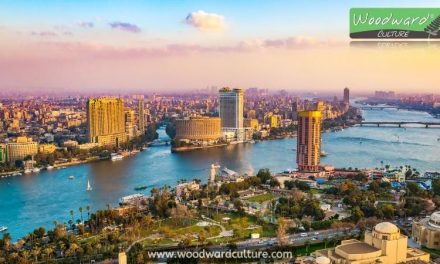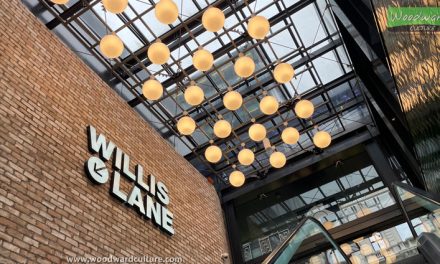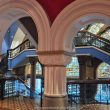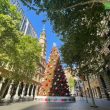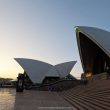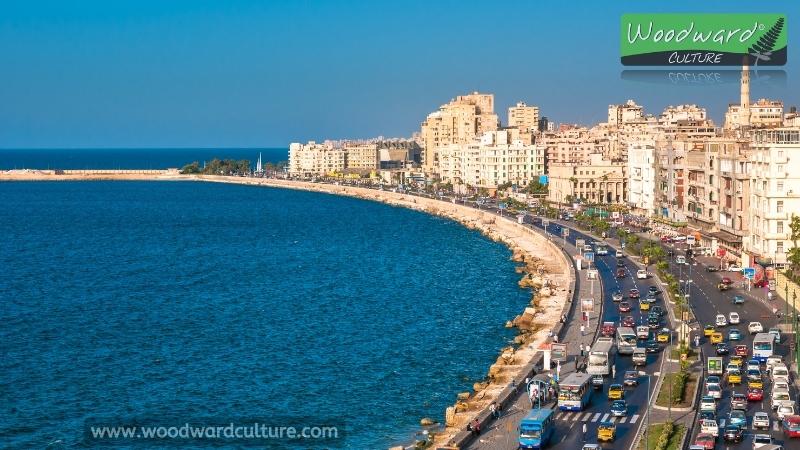
Welcome to Alexandria: A Timeless Blend of History and Modernity
Nestled along the picturesque Mediterranean coast of Egypt, Alexandria stands as a captivating city that seamlessly intertwines the echoes of its ancient past with the vibrancy of contemporary life. Founded in 331 BCE, this historic city has been a cultural crossroads, a center of learning, and a symbol of grandeur throughout the ages. Today, as you explore the enchanting streets of Alexandria, you’ll discover a rich tapestry of history, from the remnants of its past to the coastal charm that has made this city a beloved destination.
History of Alexandria
Alexandria was founded by Alexander the Great in 331 BCE and within 100 years it became the largest city in the world, that is until Rome became powerful and overtook its lead.
The city was once the home of the Legendry Lighthouse of Alexandria, considered one of the Seven Wonders of the World. It also contained the largest library of the ancient world where the greatest scientists and philosophers of the time would come to seek knowledge. It was at this library where the Hebrew Bible was first translated into Greek.
Alexandria passed from the Greeks to the Romans, to the Byzantines and then the Persians. It was the capital of Egypt for hundreds of years until the Arabs conquered Egypt in 641 and founded Cairo. Napoleon took the city in 1798 and the British took it back three years later.
What to see and do in Alexandria
Bibliotheca Alexandrina
Situated on the shores of the Mediterranean in Alexandria, the Bibliotheca Alexandrina is a modern marvel paying homage to the ancient Great Library that once graced the city. Inaugurated in 2002, this architectural masterpiece is not merely a repository of books but a vibrant center for knowledge, culture, and exchange. Designed by the renowned Norwegian architect Snøhetta, the library’s striking exterior reflects a tilted disc, mirroring both the sun’s path and the ancient Egyptian eye of Horus. Within its walls, the library houses millions of books, manuscripts, and digital resources, making it a beacon for scholars and researchers worldwide. The expansive reading rooms, exhibition spaces, planetarium, and conference facilities contribute to its status as a hub for intellectual discourse and artistic expression. With its commitment to fostering cross-cultural dialogue and preserving the spirit of the ancient library, the Bibliotheca Alexandrina stands as a symbol of Alexandria’s enduring dedication to the pursuit of knowledge. It is recommended to take one of their tours to fully appreciate this wonderful building and the secrets it contains.
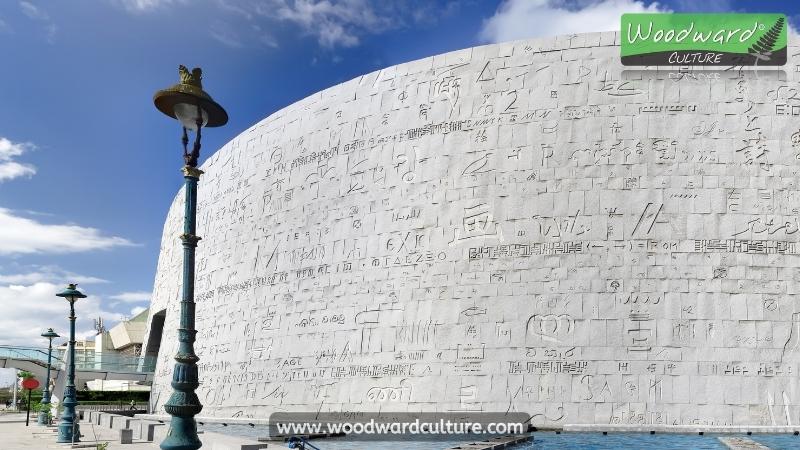
Alexandria National Museum
The Alexandria National Museum is a cultural gem nestled in the heart of Alexandria, Egypt, offering visitors a captivating journey through the rich tapestry of the city’s history. Housed in a restored Italian-style palace, the museum officially opened its doors in 2003. It serves as a custodian of Alexandria’s diverse heritage, showcasing artifacts that span thousands of years. The museum’s exhibits are thoughtfully organized, guiding visitors through chronological displays that highlight the city’s evolution from ancient times to the present day. Among its treasures are artifacts from the Pharaonic, Graeco-Roman, Coptic, and Islamic eras, providing a comprehensive overview of Alexandria’s role as a melting pot of cultures and civilizations. Visitors can marvel at intricately carved statues, mosaics, jewelry, and everyday objects, each telling a unique story about the people who once inhabited this coastal city. The Alexandria National Museum stands as a testament to the city’s enduring legacy, inviting guests to explore its vibrant past and gain a deeper appreciation for the cultural mosaic that defines Alexandria.
Corniche
The Alexandria Corniche, a picturesque promenade tracing the Mediterranean coastline, offers a delightful fusion of serenity and urban vibrancy. This beloved waterfront boulevard is adorned with palm trees and well-maintained green spaces, providing a scenic backdrop for leisurely strolls, jogging, or simply basking in the refreshing sea breeze. Charming cafes, restaurants, and ice cream vendors line the pathway, inviting visitors to savor local delicacies while taking in breathtaking views. In the evening, the Corniche comes alive with a vibrant energy, as people gather to socialize, enjoy street performances, and witness the spectacular sunset over the Mediterranean. Serving as a gateway to iconic landmarks like the Qaitbay Citadel and the Bibliotheca Alexandrina, the Alexandria Corniche not only offers a tranquil escape but also serves as a dynamic hub where the city’s rich history meets its lively contemporary spirit.
Fort Qaitbey / Qaitbay Citadel
Fort Qaitbey, also known as the Qaitbay Citadel, is a historic fortress located on the Mediterranean coast. Constructed in the 15th century, the citadel stands on the exact site where the legendary Pharos Lighthouse, one of the Seven Wonders of the Ancient World, once graced the city. Sultan Qaitbey ordered the construction of the fortress in 1477 to fortify Alexandria against potential invasions, utilizing stones from the ruins of the fallen lighthouse. The citadel boasts a formidable architectural design, with defensive towers, battlements, and a drawbridge that once guarded the entrance.
Visitors to Fort Qaitbey are treated to panoramic views of the Mediterranean Sea and the Alexandria skyline from its elevated position. The interior of the fortress features a mosque, an elegantly decorated courtyard, and exhibits detailing the history of the citadel and the Pharos Lighthouse. The strategic location of Fort Qaitbey has made it a vital defensive structure throughout the centuries, and its well-preserved state allows modern-day visitors to step back in time and appreciate both its military significance and architectural beauty. Today, the citadel stands as a testament to Alexandria’s enduring historical legacy and offers a captivating glimpse into the city’s medieval past. (Photo of Qaitbay Citadel below)
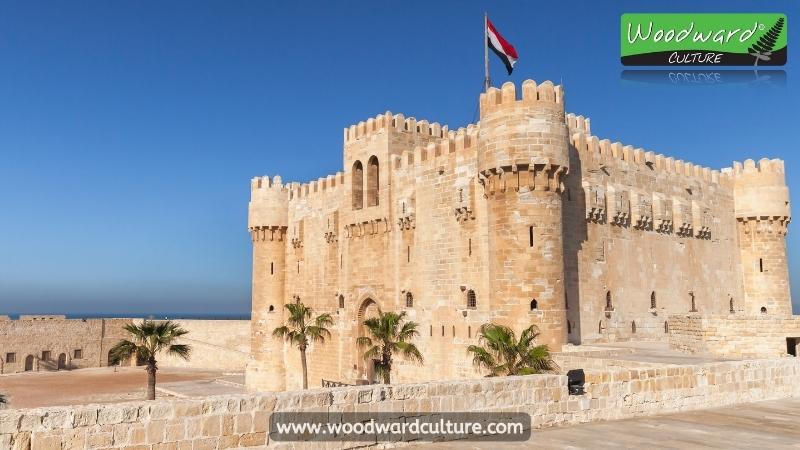
Pompey’s Pillar
Pompey’s Pillar, a towering ancient column, stands as a prominent testament to the Alexandria’s Greco-Roman heritage. Despite its association with the Roman general Pompey, the pillar was erected in honor of Emperor Diocletian in 297 CE at the site of the Serapeum, an ancient temple dedicated to Serapis. Carved from a single piece of red Aswan granite and soaring over 25 meters, the Corinthian-style column showcases Roman architectural prowess. Visitors to Pompey’s Pillar can explore the surrounding archaeological site, catching glimpses of the once-massive temple complex and reflecting on Alexandria’s historical significance as a hub of Greco-Roman culture. This solitary monolith remains a compelling attraction, drawing tourists, historians, and archaeology enthusiasts eager to delve into the remnants of Egypt’s ancient past.
Montaza Palace and Gardens
Montaza Palace and Gardens, located on the eastern edge of Alexandria along the Mediterranean coastline, encapsulate the splendor of Egypt’s royal history. Originally conceived as a summer retreat for the royal family, the palace complex, featuring the Haramlik and Salamlik sections, is a masterpiece of Turkish and Florentine architectural fusion. The ornate facades, domes, and lavish interiors, including the grand Al-Haramlik Throne Room, showcase the opulence of its royal past. Surrounded by expansive gardens adorned with palm trees and fountains, the Montaza Gardens offer a peaceful sanctuary for leisurely strolls and picnics, culminating in a beach area with breathtaking views of the sea. Open to the public, Montaza Palace and Gardens invite visitors to immerse themselves in the regal charm and natural beauty that define this historic coastal enclave. (Photo of Montaza Palace below)
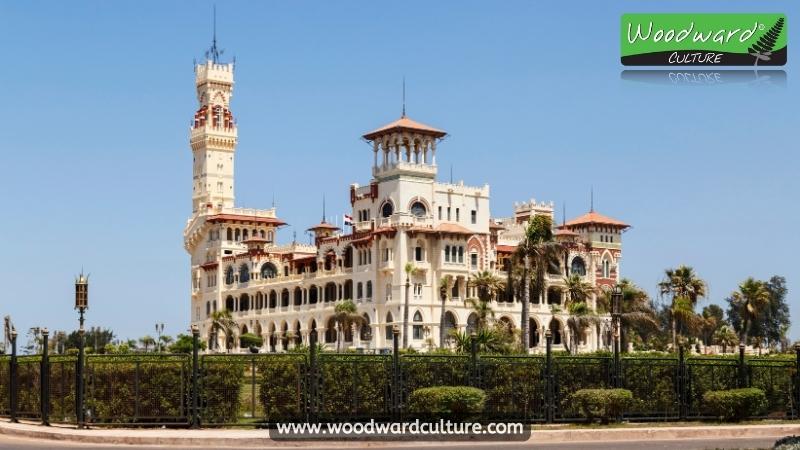
The Catacombs of Kom El Shoqafa
The Catacombs of Kom El Shoqafa represent a fascinating blend of Egyptian, Greek, and Roman art and funerary practices. Dating back to the 2nd century AD, these catacombs served as a necropolis during the Roman period. The name “Kom El Shoqafa” translates to “Mound of Shards,” derived from the broken pottery found at the site.
The catacombs consist of a series of chambers and passages that were carved into the rock to serve as burial sites for individuals from different cultural backgrounds. Notable features include a central rotunda with a circular staircase leading to multiple levels. The catacombs also incorporate elements of ancient Egyptian, Hellenistic, and Roman architectural styles, showcasing the cultural amalgamation characteristic of Alexandria.
One of the most striking features within the catacombs is the “Hall of Caracalla,” a mass burial chamber where the remains of both humans and animals were interred. The Catacombs of Kom El Shoqafa also house a mix of Greek and Egyptian religious symbols, reflecting the syncretism that prevailed in Alexandria during the Greco-Roman period.
Rediscovered in 1900, the Catacombs of Kom El Shoqafa provide a captivating insight into the multicultural history of Alexandria. Visitors can explore the winding tunnels, view intricate reliefs and sculptures, and appreciate the unique fusion of cultural influences that make these catacombs a remarkable archaeological site. The Catacombs of Kom El Shoqafa stand as a testament to the diversity and richness of Alexandria’s ancient past.
Stanley Bridge
Stanley Bridge of Alexandria, is a picturesque bridge that spans the Eastern Harbor of Alexandria, Egypt. Named after the nearby Stanley neighborhood, the bridge connects the mainland with the peninsula that houses the Royal Jewelry Museum. Completed in 1997, Stanley Bridge has become an iconic structure in Alexandria, contributing to the city’s charm and offering breathtaking views of the harbor.
